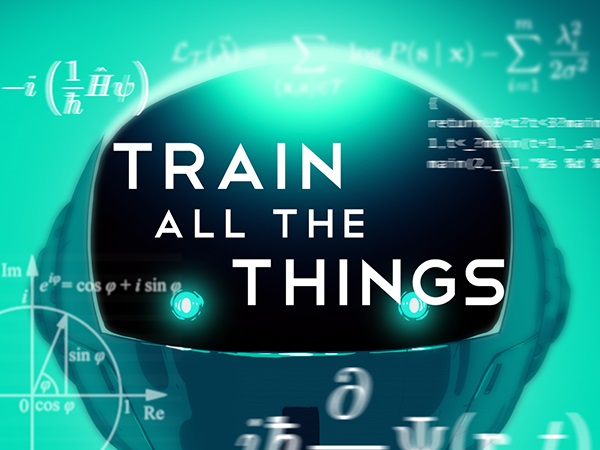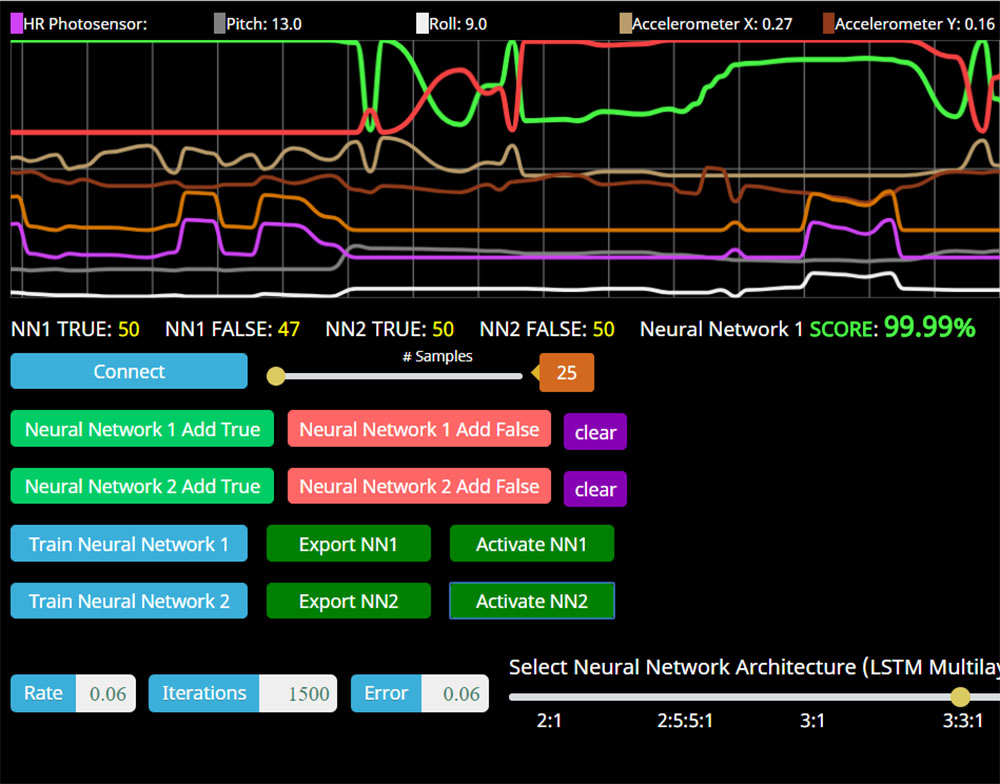Our Gesture Recognition Wearable Wins a Machine Learning Hackathon
ML companion web app wins cloud computing category


Curt White
April 23, 2020
Hackaday recently hosted a hackathon focused on machine learning (“Artificial Intelligence”). The hackathon was divided into 4 categories: “Machine Learning on the Edge”, “Machine Learning on the Gateway”, “Artificial Intelligence Blinky”, and “Machine Learning in the Cloud”. I loaded the Tingle machine learning web app into Amazon AWS (a “cloud computing platform”) and submitted it for the “Machine Learning in the Cloud” category. We won!
The “Tingle” gesture recognition device is a wrist-worn wearable that monitors and alerts users when they engage in Body-focused repetitive behaviors (BFRBs) like trichotillomania and nail-biting. In addition to the physical device, the project includes a companion smartphone application and a custom data processing and machine learning web application. In case you were wondering, Hackaday is the biggest and baddest social media platform for electrical engineers, firmware developers, makers, open hardware aficionados, electronics hobbyists, and the like.
You can learn more about this hackathon HERE
The “Wearables for Mental Health and More” Hackaday project, which placed second in the largest electrical engineering-oriented hackathon there is (Hackaday Prize), encompasses all Tingle related hardware and software. You can learn more about it HERE
You might also want to learn more about the Tingle gesture recognition device on this website HERE

This is the user interface for the data processing and machine learning web application. The application connects wirelessly to the physical device using the HTML Web Bluetooth API. It can capture streaming sensor data from the Tingle, load stored data from the Tingle, and use all this data to train Recursive Neural Networks (RNN). The application post-processes the neural network model into a compressed format that can run (“activate”) on the Tingle device itself. Streaming data from the physical device can be piped into two different RNN models stored inside the web application, where the performance of the models is graphicly visualized allowing for realtime comparison and debugging.